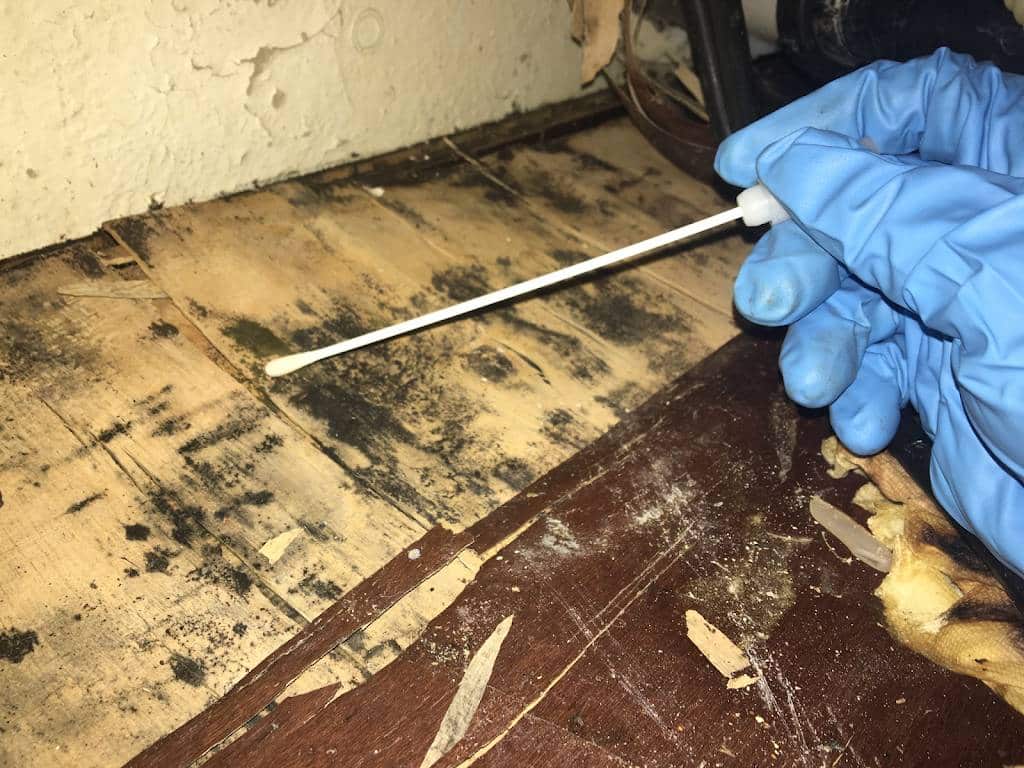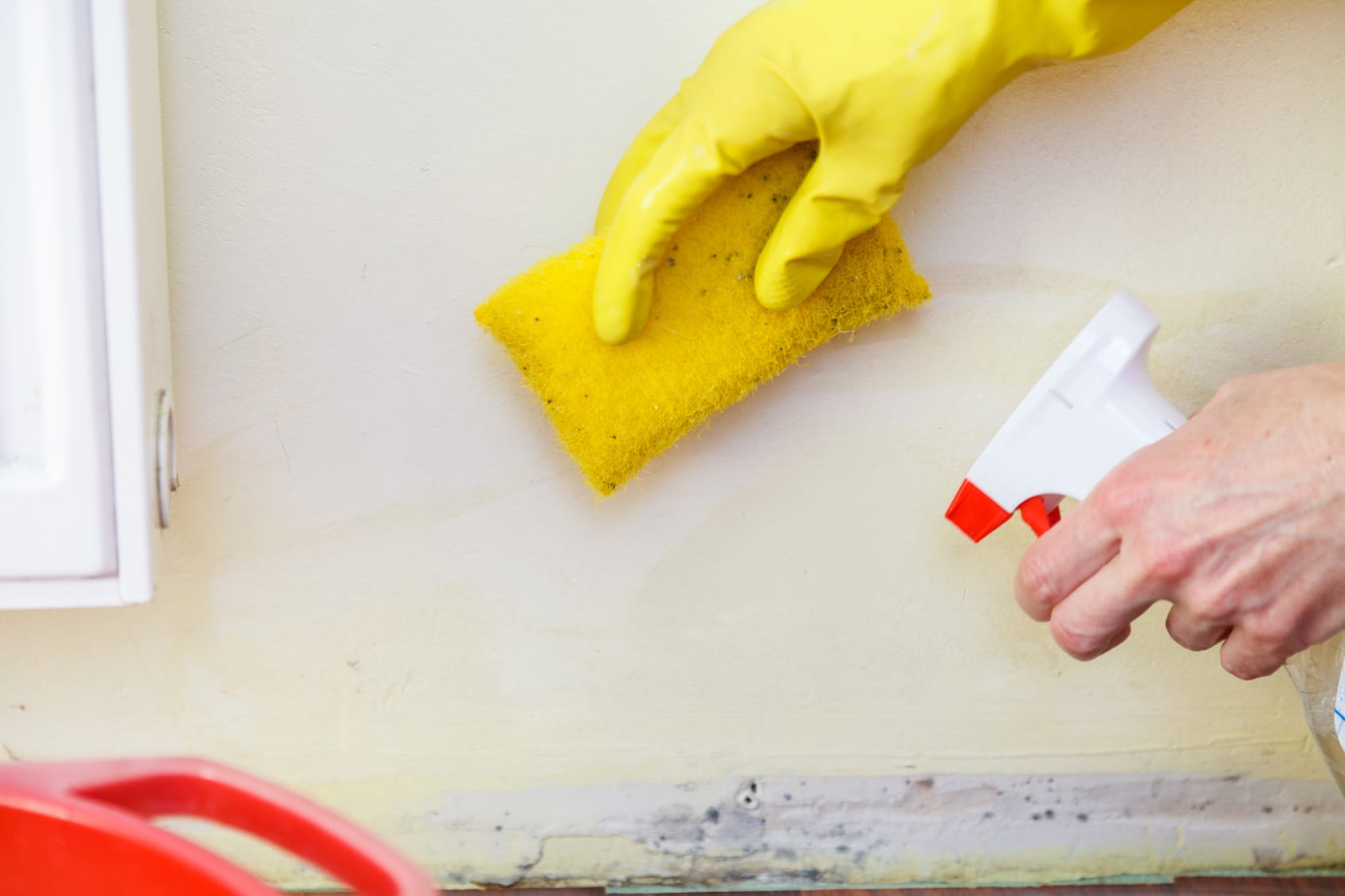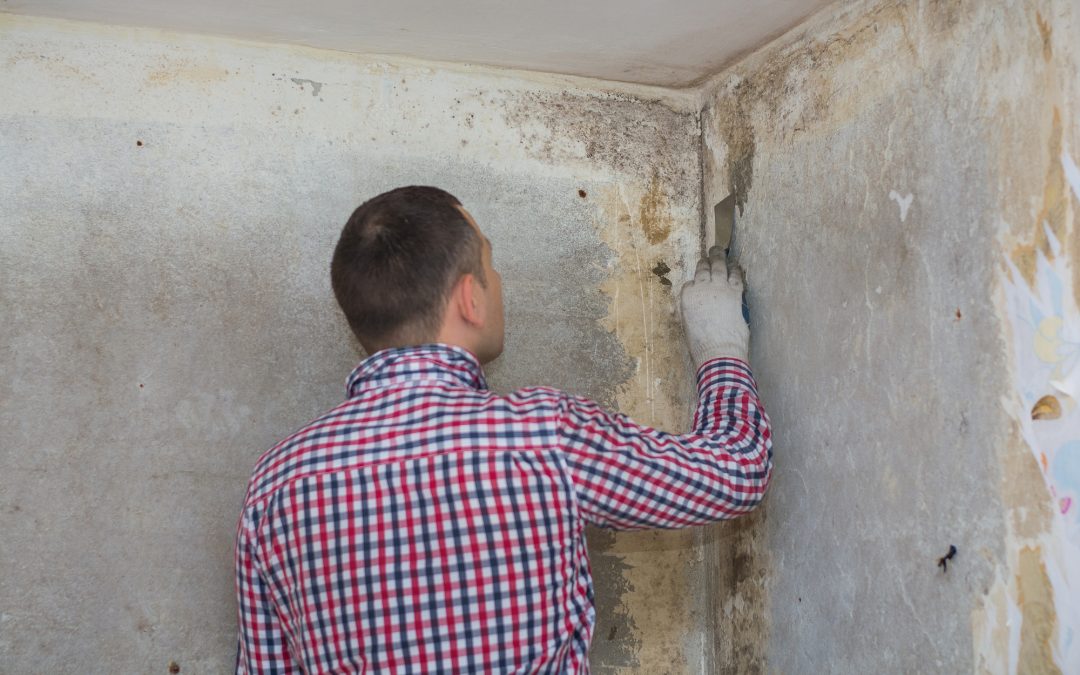Testing Air Quality After Mold Remediation
Testing Air Quality After Mold Remediation
Blog Article
Your Ultimate Guide to Blog Post Mold And Mildew Removal Techniques
Navigating the world of post-mold removal strategies is a meticulous procedure that demands interest to information and a detailed understanding of the intricacies included. In the consequences of mold invasion, understanding just how to properly eliminate the mold and prevent its reoccurrence is critical for preserving a healthy and balanced interior environment. From choosing the ideal cleansing and sanitizing techniques to executing strategies for long-lasting mold avoidance, each action in the remediation journey plays an essential role in ensuring an effective outcome. As we start this expedition of post-mold remediation techniques, we will certainly uncover the vital techniques and best methods that can help you restore your room to its pre-mold condition and guard it against future mold and mildew risks.
Recognizing Post-Mold Removal Process
After completing the mold removal procedure, it is crucial to understand the post-mold removal strategies that are essential to make certain a reliable and detailed cleaning. As soon as the mold and mildew has been removed, the next action entails cleansing and sanitizing the affected locations to stop any kind of regrowth of mold and mildew. This includes making use of specialized cleansing agents to wipe down surface areas and kill any continuing to be mold and mildew spores. It is vital to dry the location totally to dissuade the growth of mold and mildew in the future (Post remediation mold testing near me). Proper air flow and dehumidification can help in this procedure.
In addition, carrying out a last inspection post-remediation is crucial to ensure that all mold has actually been successfully removed. This inspection ought to entail a complete aesthetic check as well as potentially air tasting to confirm the absence of mold and mildew spores in the air. Additional remediation may be needed if the examination reveals any remaining mold and mildew. Informing owners on preventative measures such as controlling moisture levels and quickly dealing with any type of water leaks can help maintain a mold-free environment.
Reliable Cleansing and Disinfecting Techniques

Protecting Against Future Mold Growth

Importance of Appropriate Air Flow
Appropriate ventilation plays a critical duty in avoiding moisture build-up, an essential factor in mold growth within interior environments. Reliable ventilation systems help get rid of excess humidity from the air, reducing the possibilities of mold and mildew spores discovering the read more moisture they need to spread out and germinate. Without ample ventilation, interior spaces can end up being a breeding ground for mold, leading to prospective health and wellness dangers and structural damages.
By making sure appropriate air circulation, air flow systems can additionally aid in drying out wet locations quicker after water damage or flooding events, better discouraging mold growth. Post Mold remediation cleaning. In spaces like restrooms, cellars, kitchens, and attic rooms where dampness degrees often tend to be greater, setting up and preserving reliable air flow systems is essential in protecting against mold and mildew invasions

Tracking and Maintenance Tips
Given the crucial function that correct ventilation plays in protecting against mold development, it is imperative to establish reliable surveillance and maintenance tips to guarantee the ongoing functionality Visit This Link of air flow systems. Tracking moisture degrees within the residential or commercial property is additionally important, as high humidity can contribute to mold and mildew growth. By staying conscientious and proactive to the problem of ventilation systems, residential property owners can successfully alleviate the risk of mold regrowth and maintain a healthy and balanced interior setting.
Final Thought
Finally, post-mold removal strategies are necessary for guaranteeing a secure and clean environment. Understanding the process, carrying out reliable cleaning and decontaminating techniques, protecting against future mold and mildew growth, keeping appropriate air flow, and routine surveillance are all crucial steps in the remediation procedure. By adhering to these guidelines, you can effectively eliminate mold and mildew and prevent its return, advertising a healthy living or working space for all owners.
In the results of mold and mildew infestation, understanding how to properly remove the mold and stop its reoccurrence is vital for preserving a healthy indoor environment. When the mold has been gotten rid of, the next action involves cleansing and disinfecting the impacted areas to prevent any regrowth of mold and mildew - After mold remediation. After getting rid of noticeable mold growth, it is essential to clean all surface areas in the afflicted location to get rid of any continuing to be mold and mildew spores. To even more improve mold avoidance steps, it is important to address underlying issues that initially led to mold advancement.Provided the essential function that correct air flow plays in stopping mold growth, it is critical to develop reliable monitoring and upkeep ideas to make sure the ongoing functionality of air flow systems
Report this page